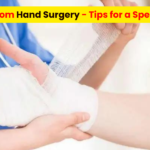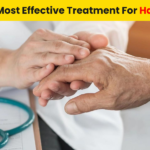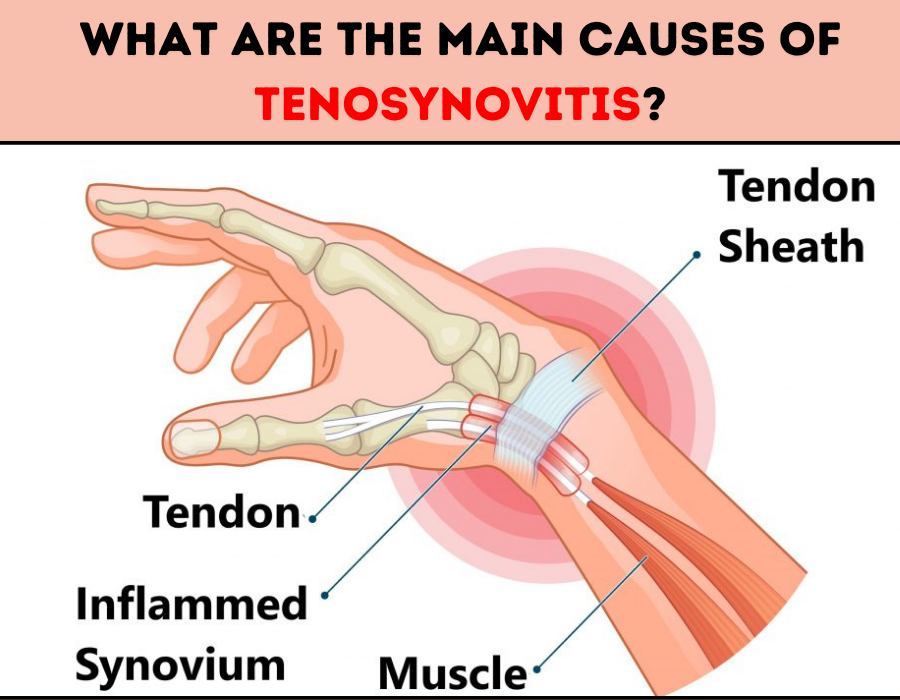Tenosynovitis is a condition that may not be widely known but can impact the lives of many. By definition, it is the inflammation of the synovial sheath (anatomical terminology) that surrounds a tendon, which usually occurs alongside tendon inflammation. Understanding the causes of tenosynovitis is crucial for early detection, effective treatment, and prevention. In this blog, we’ll dive into the primary factors leading to its development, its associated risks, and ways to mitigate these risks. We aim to provide clear, professional insights that everyone can benefit from.
The importance of understanding the causes:
Understanding the causes of tenosynovitis is essential for effective prevention and treatment. By recognizing the factors that contribute to its development, individuals can adopt strategies to reduce their risk and maintain tendon health.
Overview of Tenosynovitis Symptoms and Diagnosis
This condition can manifest as joint pain, swelling, and difficulty moving the affected area. Diagnosing tenosynovitis typically involves a combination of medical history, physical examination, and imaging studies such as an MRI or ultrasound to confirm the presence of inflammation in the tendon sheath. Types of Tenosynovitis: Infectious vs. Non-Infectious There are two main types of tenosynovitis: infectious, caused by bacteria or other pathogens; and non-infectious, usually related to strain or injury. Both types can cause considerable discomfort and may require different treatment approaches.
Main Causes of Tenosynovitis
Repetitive Movements and Overuse Chronic overuse of tendons through repetitive motions is a prevalent source of tenosynovitis. These repetitive activities lead to inflammation as the tendons struggle to cope with the continuous stress.
Common activities that trigger this issue include typing, playing musical instruments, or engaging in repetitive sports, all of which can slowly wear down the tendon’s protective sheathing.
Trauma or Injury An acute or sudden injury, such as a sprain or a forceful impact, can also create tenosynovitis. These injuries can cause direct damage to tendons and their sheaths, provoking inflammation and subsequent pain and swelling. Infection In infectious tenosynovitis, pathogens such as bacteria invade the tendon sheath, leading to inflammation, redness, and warmth, as well as other symptoms like fever. Fast treatment is crucial to prevent the spread and further complications.
Risk Factors
Increasing the Chances of Tenosynovitis Age plays a role, as tendons naturally lose elasticity and healing ability over time. Certain professions that require repeated hand, wrist, or arm movements face a higher risk. Athletes and those engaged in regular sports or recreational activities may be at risk due to repeated joint and tendon use. Pre-existing health conditions, such as diabetes, rheumatoid arthritis, or gout, can also contribute to the susceptibility of developing tenosynovitis.
Preventive Measures Implement ergonomic adjustments in the workplace and during sports to reduce stress on tendons. Regular stretching and strengthening exercises can enhance tendon resilience and prevent injuries that could lead to tenosynovitis. Engage in proper warm-up and cool-down routines during physical activities, and use supportive gear as needed.
Conclusion
Recognizing the main causes of tenosynovitis opens the way for early surgery and effective management of the condition.
Awareness of tenosynovitis and its causes empowers individuals to take proactive steps toward prevention and early intervention. By prioritizing tendon health and seeking timely medical advice, individuals can minimize the impact of tenosynovitis on their quality of life.
Consulting with healthcare professionals, such as Dr. Chaitanya Karande Tenosynovitis in Pune, can provide specialized care and support for individuals affected by this condition. Early consultation and treatment are highly recommended to ensure a quick recovery and minimize long-term impacts. If you suspect you may be experiencing tenosynovitis symptoms, seeking professional medical advice for prompt and appropriate care is pertinent.





